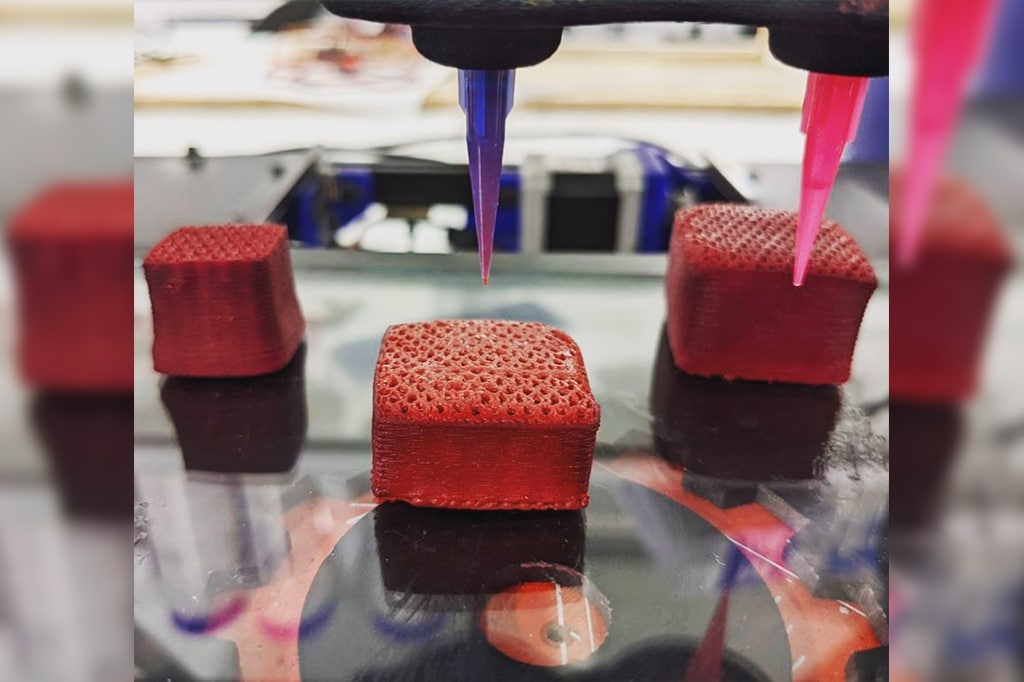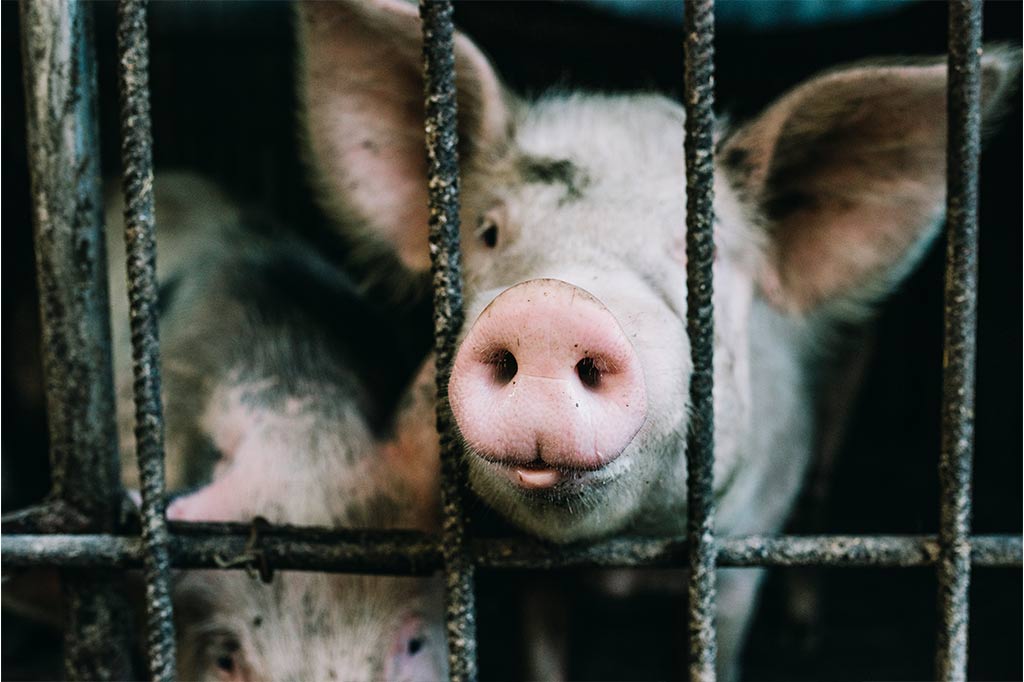There are several reasons why it’s terrible for us, and what we can do about it.
Fast fashion is one of the largest environmental and human rights violators in the world today. Nevertheless, what is it, and can we stop it? Fast fashion can be defined as “cheap apparel created quickly in response to trends” on the most basic level. The retail business is plagued with unethical fashion production, and some of the greatest culprits might surprise you. You can see examples of fast fashion all around you if you take a stroll along your local high street.
The kind of spring dresses you’d only wear once, the see-through cardigans you’d only wear on a night out, and the slogan T-shirts you’d only wear because they’re cute at the time. Despite the lack of quality, fast fashion is appealing to us since it was fashionable at the time. Although the price is reasonable and appreciated by the majority, what is the true cost of these products?
The environmental impact
Every week, stores swap out their mannequins to keep their displays fresh and eye-catching, but where does all this money end up? Many of the items that end up in landfills and incineration in the United Kingdom are never sold or worn in the first place, according to a recent study. To make room for the new, retailers are forced to get rid of their old goods.
Fast fashion also has an impact on the environment because of the materials utilized to produce the garments. Cheap materials and harmful chemicals used in the manufacturing process can have a terrible impact on our planet. Because of its low production costs, polyester is widely used in the industry. But did you know that polyester is a type of plastic? Polyester is a widely used, low-cost fabric, however, the decomposition time of polyester clothes can reach up to 200 years. Additionally, the cloth is not hypoallergenic, which means that it may cause skin irritation. Organic cotton, for example, might be a good substitute, but it would be prohibitively expensive for clothing manufacturers who produce disposable clothing on such a large scale.
The effect on Humans
This whole issue is shocking from an environmental standpoint, but what about those who make the clothes? In the world of fast fashion, slave labor is frequently used to produce items. To make cheap and rapid clothing, mass-producing corporations around the world have been accused of exploiting their workers. Some workers are forced to labor for long periods without a break to make ends meet for themselves and their families. They may also be compelled to operate in hazardous environments devoid of adequate sanitation or supervision. Imagine this personal torment for a mountain of clothing that will one day be dumped in a landfill… Even though the thought of it is overwhelming, we have the power to make a difference.
Changing routines
Astonishingly large amounts of clothing are created, but our most effective instrument as consumers is to show what we like and don’t like by our shopping habits — this can be done by our shopping habits alone. If there wasn’t a market for their clothing, these fast fashion enterprises wouldn’t exist. On some of the most popular fast-fashion websites, you’ll find that many goods that aren’t practical have already sold out. While we believe we are receiving a good deal or a wonderful item, pink banners flash across the top of the screen, shouting about the savings. The fact that we’re probably fast fashion consumers isn’t even on our minds at the time. Unclothing There is many reasons why it’s terrible for us, and what we can do about it. Amy Rohu This item, which is of poor quality and may have been produced under dubious conditions, is what is known as “fast fashion.” We have no need for this item, which is made of cheap plastic and may have been produced under dubious conditions. To break our addiction to rapid fashion, we must first learn to shop more thoughtfully.
“Disposable clothing with low quality that appeals to us in the here and now is fast fashion.”
Think twice the next time you come across something online or in a store and immediately fall in love with it. Tell yourself you’ll come back for it next week, and you’ll most likely forget about it when the time arrives. If you execute this simple exercise, you’ll not only break the cycle of impulse purchases but also realize that you’re saving money in the process. Investing in a few high-quality, standard components rather than a bunch of cheap ones is healthier for the environment as well as for your wallet. How many jeans have you gone through in the previous few years if you routinely buy on the high street? Think about it. As a general rule, most people will own at least one pair of slim or black jeans, as well as one or two pairs of ripped or distressed jeans. However, the amount of money you spent on all of these items might have gone toward at least two decent pairs of jeans. As an added bonus, the denim fabric is likely to look and feel better because you’re spending a little more money. If you’re looking for a high-end denim brand, you’ll likely find that they employ only the best cotton and no polyester.
Look for greenwashing
Greenwashing is something to watch out for when shopping, especially on the high street. When a business uses marketing to persuade customers that their products or practices are environmentally beneficial, this is what is meant. This can be accomplished in a variety of ways, but some of the most popular include the use of keywords like “sustainable,” “clean,” or “kind,” as well as the use of green posters or labels. It’s easy to be fooled into thinking we’re helping a good cause when we see these creative tactics in action, but most of the time, it’s really simply marketing. Do some research on the company and check what people are saying about it online before making a decision in a retail environment. If a T-shirt advertises itself as an “eco-warrior” but only costs the price of a cup of coffee, it’s probably not what you expect. An excellent way to discover eco-friendly companies is through the internet, where you can read customer evaluations and interact with the designers in real-time via social media. Many will also take you on a tour of their factories to show you how their products are made, which is something you won’t see quickly. You never know what you’ll discover if you spend a few minutes online conducting some research. Even if making a complete reversal of your wardrobe’s reliance on fast fashion isn’t attainable overnight, it is doable for everyone with the necessary motivation to do so. It’s important to buy less and only high-quality things when you really have to buy anything at all. Check the label for hidden evils like synthetic material or poisonous colors, not just the price. If you’re seeking environmentally responsible options, organic cotton is a good place to start. Last but not least, one of the best things you can do is to avoid purchasing anything until absolutely necessary. Make a point of mending and upcycling your clothing, and you’ll soon find that your old clothes have a whole new life. Many videos are available online that might aid you with this, and it’s a gratifying exercise. A needle and thread and some curiosity are all you need to get started on your new voyage into slow fashion, and it doesn’t even have to be made from pineapples.








